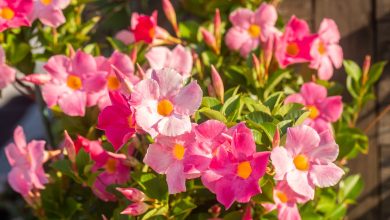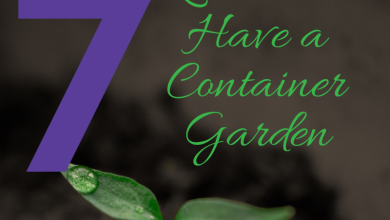Urban garden calendar in August
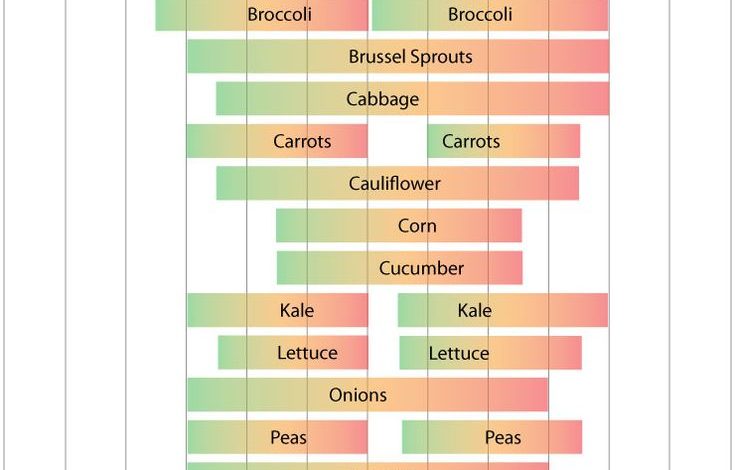
The urban garden calendar in August has a premise: there are things to do and there are those who go on vacation.
Along with the month of July, August is a typical holiday month par excellence in Spain. It is a month in which many people travel or change their residence temporarily and, therefore, they do not spend so much time at home. Consequence…? Largely neglecting your urban garden. Let us remember that the vegetables and fruit trees planted in them do not go on vacation.
In Spain, it is a slightly less hot month than July, the days begin to be shorter and the temperatures more pleasant, which causes less stress in our plants. In fact, we can see how some vegetables such as tomato or pepper begin to vegetate better and some fruit trees, such as orange trees, have a second sprout again.
Aromatics such as mints begin to flower, resprout and within a few months, they will begin to emit underground stems and lose their aerial part to better spend the coldest months of the year.
It is a good month to prune aromatic plants such as sage or lavender, forcing them to start budding again in September.
In urban field gardens, it is a month of high water consumption. We can reduce it by breaking the surface crust of the earth. This will keep the moisture in the soil for much longer. With this work we will also eliminate weeds that undoubtedly compete for both moisture and nutrients from the soil.
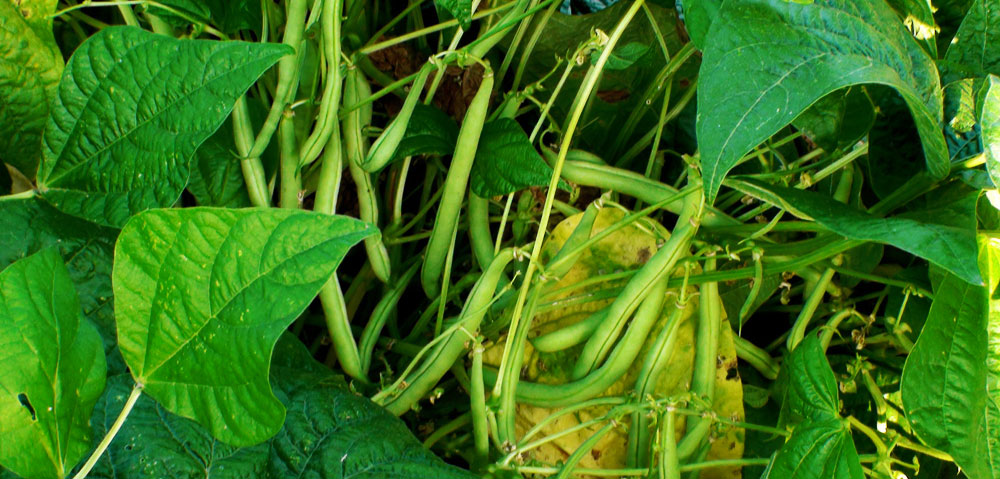
In urban terrace and balcony gardens, they suffer especially from the heat. If we have crops in plastic pots with direct exposure to the sun, we can line them with straw or heather so that they do not get too hot. A high temperature in the substrate can affect the correct development of the roots.
Vegetables and vegetables in the urban garden in August
We are in an ideal time to harvest melons and watermelons. Remember to restrict your risks as much as possible so that they gain in sweetness. Moreover, excessive watering can cause cracking of its bark.
We can prepare the ground for the planting of vegetables for the fall. Some of the vegetables to keep in mind are artichokes, different types of cabbages, strawberries and even asparagus claws.
We will eliminate crops such as tomato, cucumber or zucchini as they run out. Eggplants and peppers still do very well this time of year.
Instead of planting some typical hot season vegetables, it is best to plant them directly from seedlings. This is the case of vegetables such as lettuce, peppers, pumpkins, tomatoes and cucumbers. With this we will accelerate their cultivation and we will be able to collect them before the cold arrives.
Crops such as carrots or radishes can be planted for harvest even this year. The sowing will be direct, broadcast and after germination clarify to leave each plant about 5 centimeters from each other. Carrots and radishes constitute an important group of varieties. For example, within the radish or radish group, we can sow red round radishes, red radishes with white tips, elongated red radishes, white or red tips, etc.
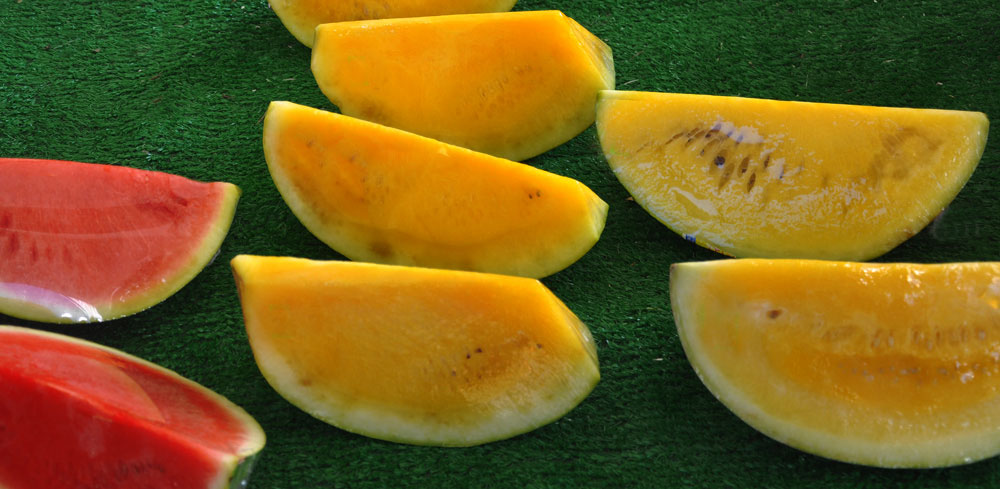
Although it is not advisable, it is a good time to collect the seeds of those horticultural and aromatic that is possible for sowing during the next year. If they are hybrids, it is not worth bothering, because the results are destined to fail. Seed collection is only feasible when done on traditional varieties.
In terms of maintaining proper plant health, it is important to control pests such as caterpillars, thrips, red spiders and whiteflies. And diseases like rust. As always, control them with treatments that are respectful of the environment and, if possible, ecological and without a security period. We deal with plants that are in full harvest.
Moreover, if the pests are in their initial stages, it can be interesting to let them be, to live with them because the damage they can cause to the crop is perfectly acceptable at this time of year.
We will fertilize at the lowest doses and we must start thinking about using fertilizers richer in potash, mainly that help to strengthen them for autumn.
If we are away from home for a few days, in the case of urban terrace and balcony gardens, remember that the volume of substrate available to the plant is very small. It is advisable to turn to friends to water them from time to time, place an irrigation programmer or leave extra water reserves available to the plants.
Fruit trees in the urban garden in August
There are some fruit trees such as plum trees, apricot trees, peach trees and pear trees, for example, which, depending on the variety, we can still harvest. Figs ripen around these dates.
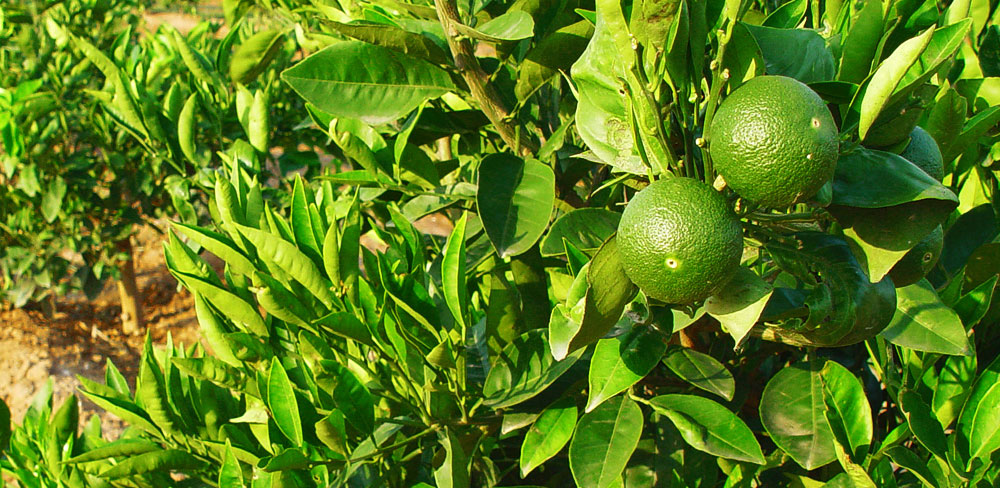
The orange trees begin to fatten their fruits and if we see that the branches close to the ground, due to the weight that their fruits will acquire, are at risk of being in contact with it, we can use reeds to raise these branches. This will prevent the fruit from rotting in contact with the ground in a humid environment.
To save water in the urban field garden, as we have already mentioned, after a few days of irrigation, we can remove the surface layer of the land to prevent water loss through transpiration and thus distance the risks.
Also, we can make pits around the fruit trees to help collect and better use the irrigation water.
It is a good time to prune the damaged branches of the trees and form their branches as we have them in the form of a glass, palmette, cord, etc. It is not a severe pruning but maintenance and training. We are facing a «green pruning» in which we eliminate those branches that are still young, but that we do not like where or how they grow. With this we will eliminate more severe pruning in winter.
To maintain its health, we will monitor pests and diseases, applying preventive treatments, especially against cochineals, caterpillars and especially red spiders because high temperatures and low relative humidity favor their development. As long as the fruit tree is not in production.

![Photo of Radish: [Cultivation, Irrigation, Associations, Pests and Diseases]](https://www.complete-gardening.com/wp-content/uploads/2022/08/radish-cultivation-irrigation-associations-pests-and-diseases-390x220.png)
![Photo of How to Plant Tulips and Have a Spectacular Garden: [12 Steps + Images]](https://www.complete-gardening.com/wp-content/uploads/2022/08/how-to-plant-tulips-and-have-a-spectacular-garden-12-steps-images-390x220.jpg)
